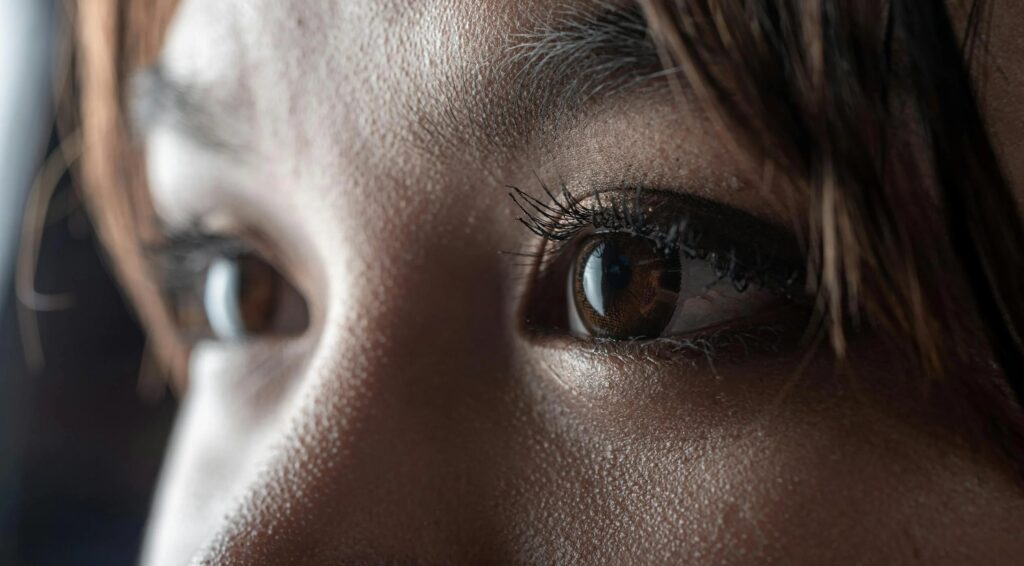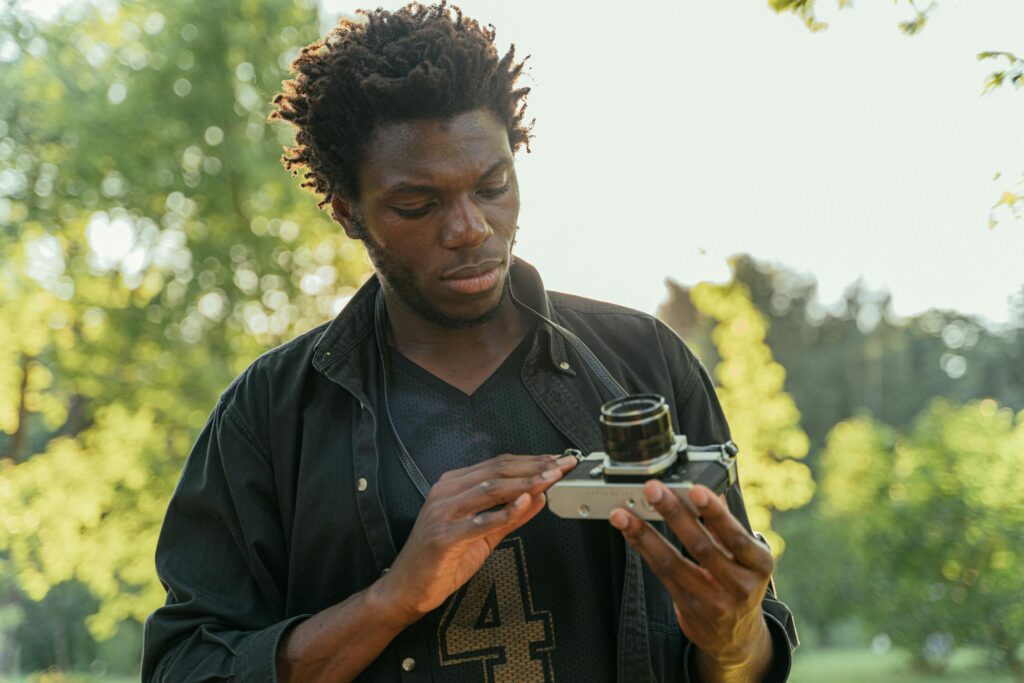Have you ever wondered how some people seem to anticipate what’s coming next, whether it’s in business, technology, or culture? They spot trends before they go mainstream, make informed decisions, and often lead the way.
The truth is, predicting future trends isn’t magic—it’s a skill. And the key lies in observing everyday patterns. By paying attention to the small things happening around you, you can uncover clues about what’s coming next.
Why Everyday Patterns Matter

The future doesn’t arrive out of nowhere—it’s built on what’s happening today. Trends often start as subtle changes in behavior, preferences, or technology. These small shifts grow over time and eventually reshape industries, societies, and even the way we live.
To learn how small daily actions impact long-term outcomes, check out The Butterfly Effect of Small Daily Decisions on Long-Term Success
By observing the details of daily life, you can begin to connect the dots and see the bigger picture.
How to Spot Patterns That Lead to Trends
1. Pay Attention to Repeated Behaviors

Trends often start with people doing something new repeatedly. Maybe it’s a new way of communicating, a habit forming in a specific group, or a shift in how people interact with technology.
What to Watch For:
- What are people buying or talking about?
- How are their habits changing?
- Are there new solutions emerging for common problems?
Example:
The rise of food delivery apps started with a simple pattern: people looking for more convenient ways to eat at home. Observing this demand led to an industry-wide transformation.
2. Look for “Pain Points”

Trends often emerge as solutions to problems. When you notice people struggling with something or complaining about a specific issue, there’s a chance that a new trend or product could address that need.
How to Spot Pain Points:
- Listen to conversations online or in person.
- Observe how people adapt or hack existing solutions to fit their needs.
Example:
The popularity of coworking spaces grew from freelancers and remote workers seeking an alternative to working from home or coffee shops.
For more insights on how identifying patterns can help in personal growth, explore How to Train Your Mind to See Opportunity in Every Problem
3. Watch Early Adopters

There’s always a group of people who try new things before everyone else. These “early adopters” are often trendsetters, and their behaviors can give you a glimpse into the future.
Where to Find Them:
- Social media platforms like Instagram, TikTok, or Twitter.
- Trendy neighborhoods, innovative workplaces, or creative communities.
- Influencers and thought leaders in specific industries.
Pro Tip:
Look for patterns in what early adopters are excited about. If multiple people are embracing a similar idea or product, it could signal an emerging trend.
4. Pay Attention to Technology

Technology is a major driver of change. New tools and platforms often shape how we live, work, and communicate.
Questions to Ask:
- What technologies are people using more frequently?
- Are there emerging tools or platforms gaining traction?
- How is technology making things faster, easier, or more accessible?
Example:
The rise of smartphones didn’t just happen overnight. Observing the increasing reliance on portable devices and apps was a clear signal of where the world was headed.
5. Observe Cultural Shifts

Trends are deeply tied to societal values and culture. By paying attention to what people care about—like sustainability, health, or inclusivity—you can predict which movements will grow.
To understand how the 80/20 rule can help you identify patterns and make better predictions, refer to How to Identify Your True Potential Using the 80/20 Rule
6. Follow Data, But Trust Your Instincts

Analytics, surveys, and trend reports can provide valuable insights. However, some trends start in ways that aren’t easily measurable. This is where intuition comes in.
Tips for Combining Data and Instinct:
- Use data to confirm what you’re observing.
- Don’t ignore a pattern just because it’s small—trends often start that way.
- Trust your gut if something feels significant.
7. Think Long-Term

Not every pattern leads to a lasting trend. Some are fads that fade quickly. To spot trends with staying power, think about how they align with long-term needs or desires.
Questions to Ask:
- Does this solve a problem that won’t go away?
- How does this fit into larger shifts in technology, culture, or economics?
Example:
The shift to remote work was initially a response to necessity, but its long-term adoption aligns with broader trends in work-life balance and technology.
Why Predicting Trends Matters

Being able to spot future trends can give you an edge in almost any area of life. Whether you’re an entrepreneur looking to launch a product, a professional seeking to stay relevant, or simply curious about what’s next, observing patterns can help you make better decisions.
For insights on how patterns in nature can inspire creative solutions, check out How Nature Inspires Better Problem-Solving: Lessons from the Wild
Final Thoughts
The future isn’t something that happens to us—it’s something we can anticipate and prepare for. By observing the small changes happening around you today, you can start predicting the trends that will shape tomorrow.
So, the next time you notice a new behavior, product, or technology, don’t dismiss it as a passing fad. Look closer, connect the dots, and you might just uncover the next big thing.
Featured image by Artem Podrez via Pexels
